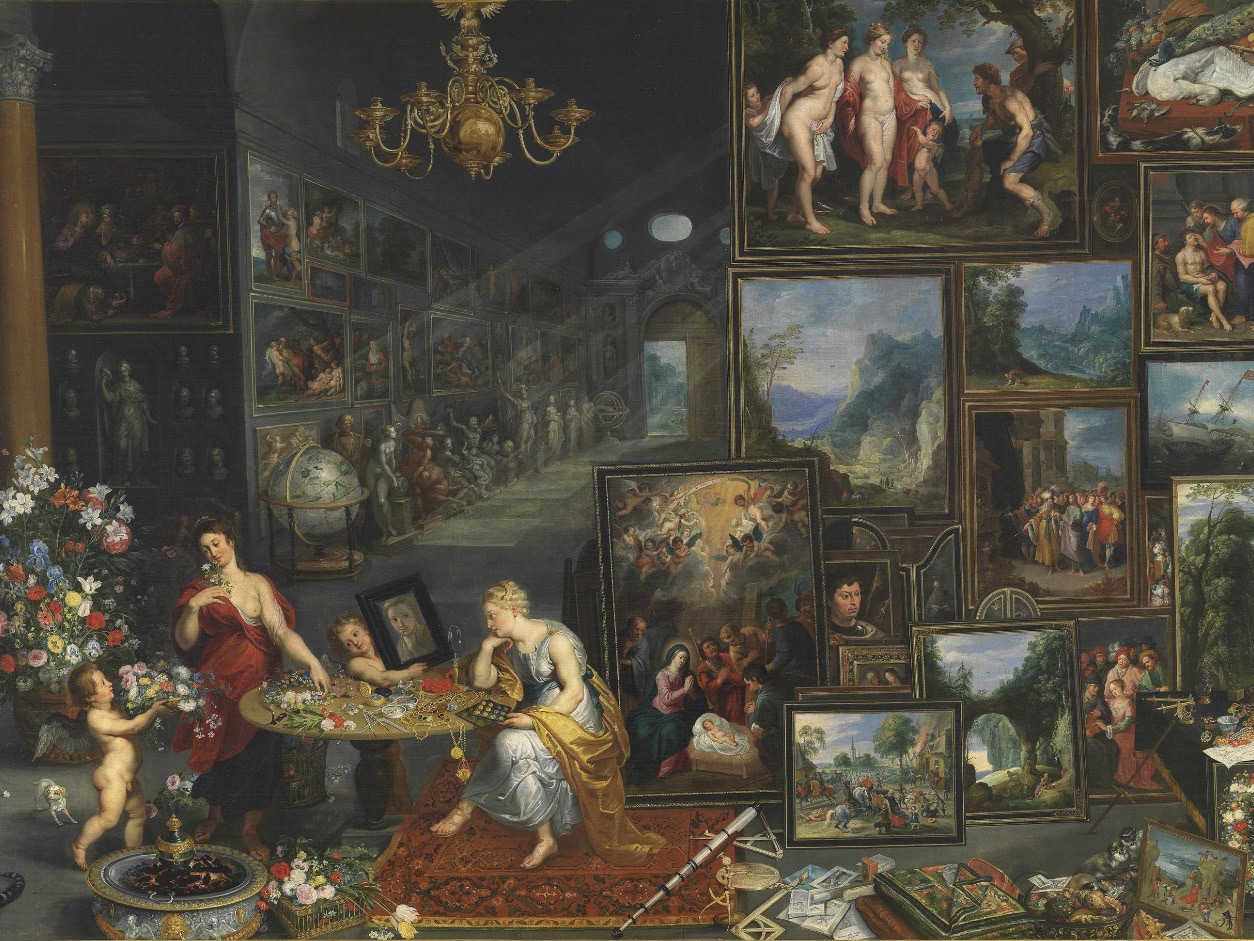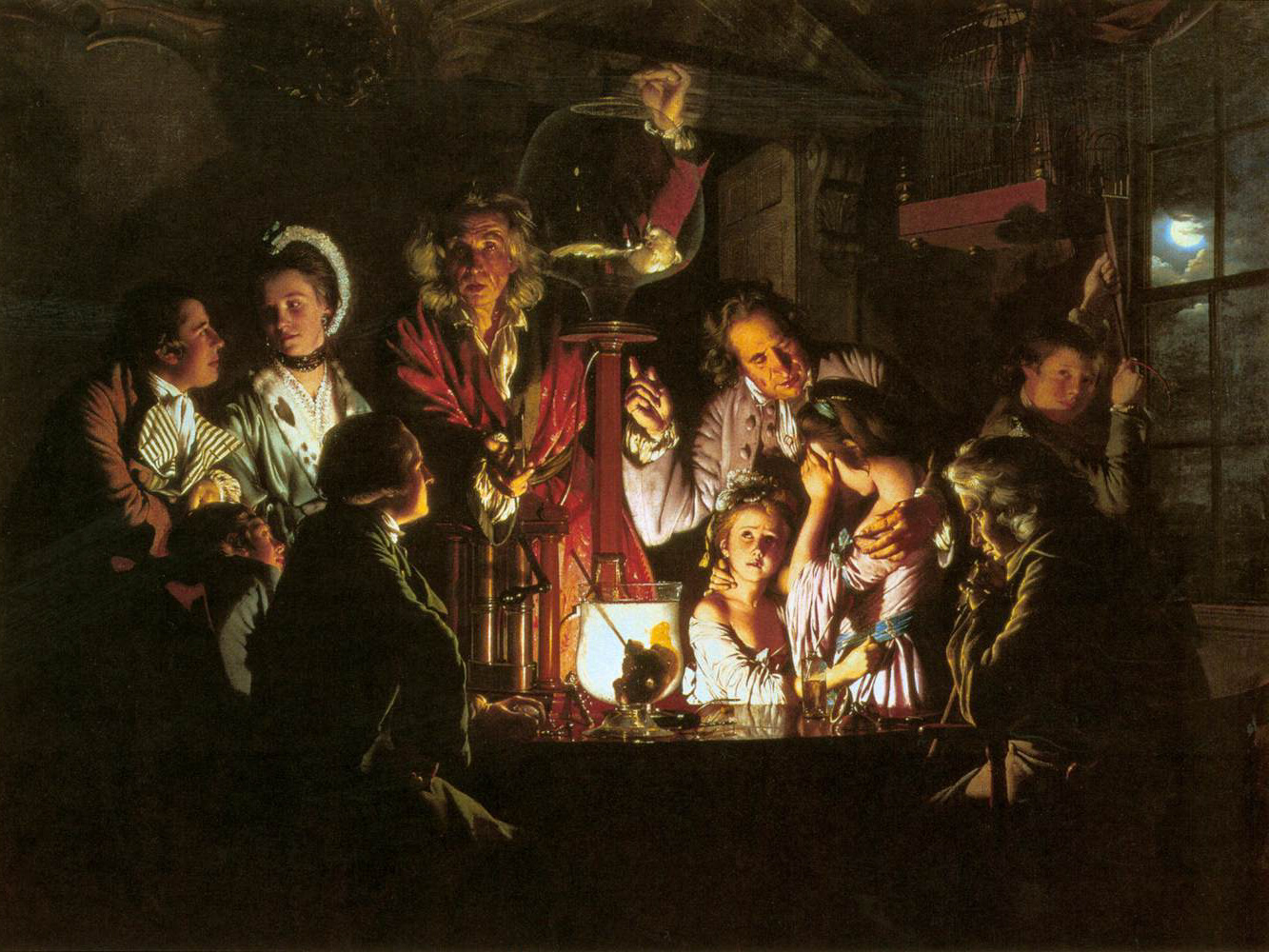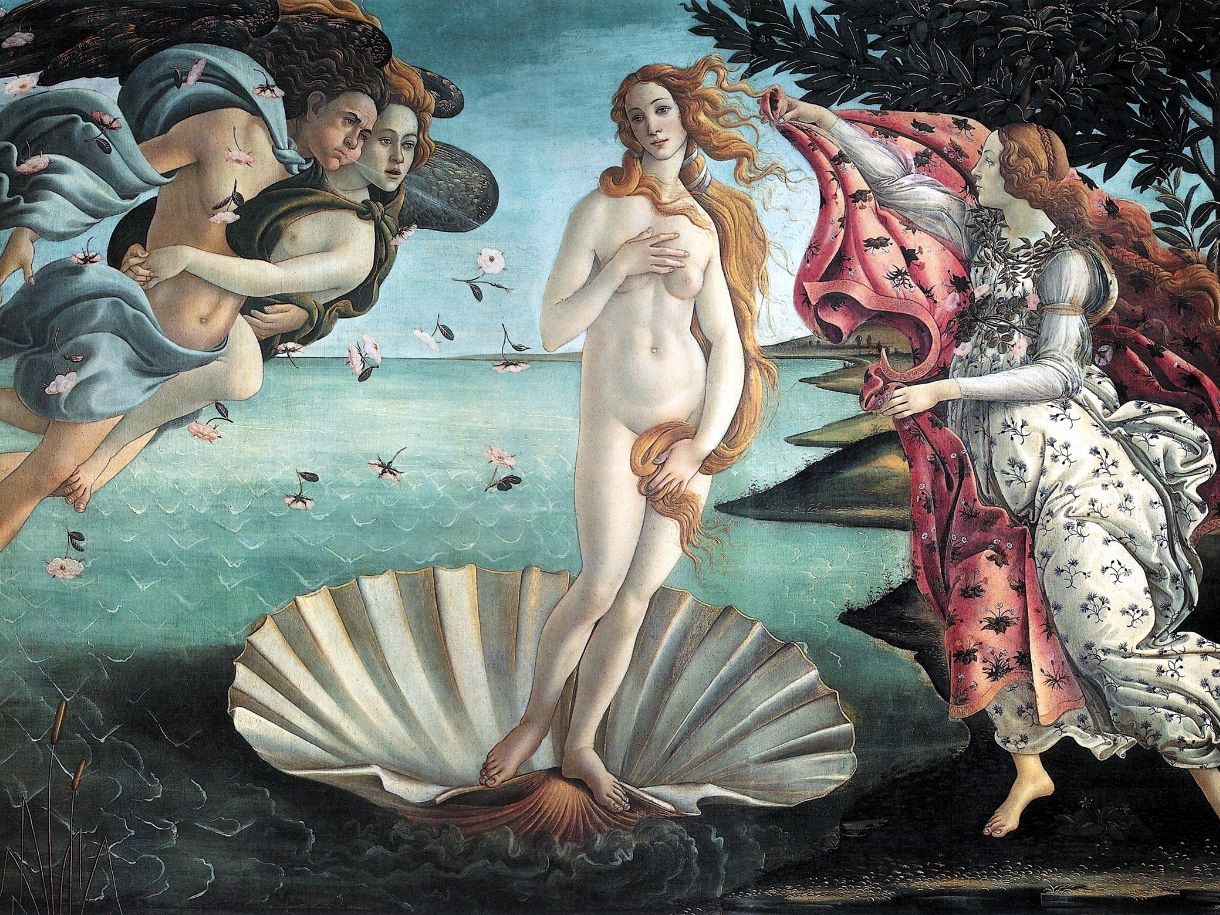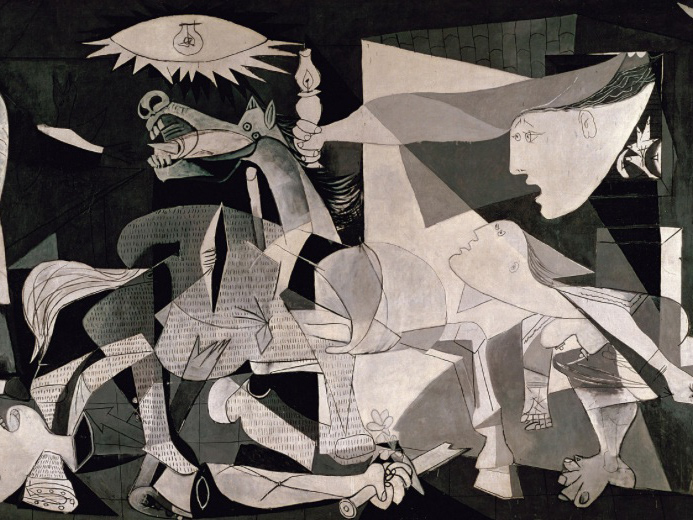Works Cited
Footnotes
[1] Rabinow, “Édouard Manet (1832–1883) | Essay | Heilbrunn Timeline of Art History | The Metropolitan Museum of Art.”
[2] “Édouard Manet, A Bar at the Folies-Bergère.”
[3] Manet, A Bar at the Folies-Bergère.
[4] “Musée d’Orsay: Edgar Degas The Bellelli Family.”
[5] “Pierre Auguste Renoir - The Complete Works - Pierre-Auguste-Renoir.Org.”
[6] “Luncheon of the Boating Party.”
[7] “James Abbott McNeill Whistler Biography, Art, and Analysis of Works.”
[8] “James Abbott McNeill Whistler Biography, Art, and Analysis of Works.”
[9] “Cézanne, Mont Sainte-Victoire.”
[10] “BBC - History - Historic Figures.”
[11] “Berthe Morisot | National Museum of Women in the Arts.”
[12] “Berthe Morisot Biography, Art, and Analysis of Works.”
[13] “Paul Gauguin Biography, Art, and Analysis of Works.”
[14] Gauguin, Nevermore.
[15] “Vincent van Gogh | Biography, Art, & Facts.”
[16] “(7) The Unexpected Math behind Van Gogh’s ‘Starry Night’ - Natalya St. Clair - YouTube.”
[17] “Vincent van Gogh: The Paintings (Starry Night).”
[18] “John Singer Sargent: Portrait Artist, Impressionist Painter.”
[19] “Sargent, The Daughters of Edward Darley Boit.”
[20] “Georges Seurat Biography, Art, and Analysis of Works.”
[21] “Georges Seurat Biography, Art, and Analysis of Works.”
[22] “Gustav Klimt Biography, Art, and Analysis of Works.”
Citations
“(7) The Unexpected Math behind Van Gogh’s ‘Starry Night’ - Natalya St. Clair - YouTube.” Accessed May 20, 2018. https://www.youtube.com/watch?v=PMerSm2ToFY.
“BBC - History - Historic Figures: Claude Monet (1840-1926).” Accessed May 20, 2018. http://www.bbc.co.uk/history/historic_figures/monet_claude.shtml.
“Berthe Morisot | National Museum of Women in the Arts.” Accessed May 20, 2018. https://nmwa.org/explore/artist-profiles/berthe-morisot.
The Art Story. “Berthe Morisot Biography, Art, and Analysis of Works.” Accessed May 20, 2018. http://www.theartstory.org/artist-morisot-berthe.htm.
Khan Academy. “Cézanne, Mont Sainte-Victoire.” Accessed May 20, 2018. https://www.khanacademy.org/humanities/ap-art-history/later-europe-and-americas/modernity-ap/a/czanne-mont-sainte-victoire.
The Courtauld Institute of Art. “Édouard Manet, A Bar at the Folies-Bergère.” Accessed May 20, 2018. https://courtauld.ac.uk/gallery/collection/impressionism-post-impressionism/edouard-manet-a-bar-at-the-folies-bergere.
Gauguin, Nevermore. Accessed May 20, 2018. https://www.khanacademy.org/humanities/becoming-modern/avant-garde-france/post-impressionism/v/paul-gauguin-nevermore-1897.
The Art Story. “Georges Seurat Biography, Art, and Analysis of Works.” Accessed May 20, 2018. http://www.theartstory.org/artist-seurat-georges.htm.
The Art Story. “Gustav Klimt Biography, Art, and Analysis of Works.” Accessed May 20, 2018. http://www.theartstory.org/artist-klimt-gustav.htm.
The Art Story. “James Abbott McNeill Whistler Biography, Art, and Analysis of Works.” Accessed May 20, 2018. http://www.theartstory.org/artist-whistler-james-abbott-mcneill.htm.
“John Singer Sargent: Portrait Artist, Impressionist Painter.” Accessed May 20, 2018. http://www.visual-arts-cork.com/famous-artists/john-singer-sargent.htm.
“Luncheon of the Boating Party.” Accessed May 20, 2018. http://www.phillipscollection.org/collection/boating-party.
Manet, A Bar at the Folies-Bergère. Accessed May 20, 2018. https://www.khanacademy.org/humanities/becoming-modern/avant-garde-france/realism/v/manet-a-bar-at-the-folies-bergre.
“Musée d’Orsay: Edgar Degas The Bellelli Family.” Accessed May 20, 2018. http://www.musee-orsay.fr/en/collections/works-in-focus/painting/commentaire_id/the-bellelli-family-7168.html?tx_commentaire_pi1%5BpidLi%5D=509&tx_commentaire_pi1%5Bfrom%5D=841&cHash=1ca4377da1.
The Art Story. “Paul Gauguin Biography, Art, and Analysis of Works.” Accessed May 20, 2018. http://www.theartstory.org/artist-gauguin-paul.htm.
“Pierre Auguste Renoir - The Complete Works - Pierre-Auguste-Renoir.Org.” Accessed May 20, 2018. https://www.pierre-auguste-renoir.org/.
Rabinow, Author: Rebecca. “Édouard Manet (1832–1883) | Essay | Heilbrunn Timeline of Art History | The Metropolitan Museum of Art.” The Met’s Heilbrunn Timeline of Art History. Accessed May 20, 2018. https://www.metmuseum.org/toah/hd/mane/hd_mane.htm.
Khan Academy. “Sargent, The Daughters of Edward Darley Boit.” Accessed May 20, 2018. https://www.khanacademy.org/humanities/art-americas/us-art-19c/civil-war-gilded-age/a/sargent-the-daughters-of-edward-darley-boit.
Encyclopedia Britannica. “Vincent van Gogh | Biography, Art, & Facts.” Accessed May 20, 2018. https://www.britannica.com/biography/Vincent-van-Gogh.
“Vincent van Gogh: The Paintings (Starry Night).” Accessed May 20, 2018. http://www.vggallery.com/painting/p_0612.htm.



